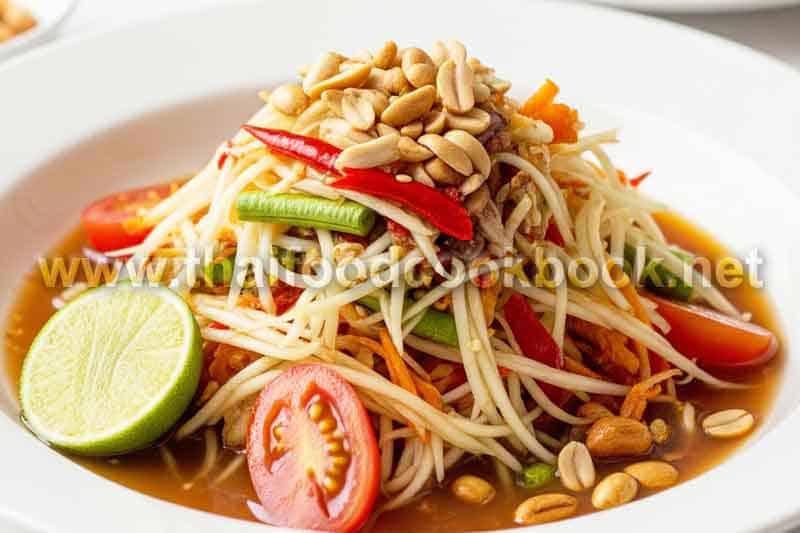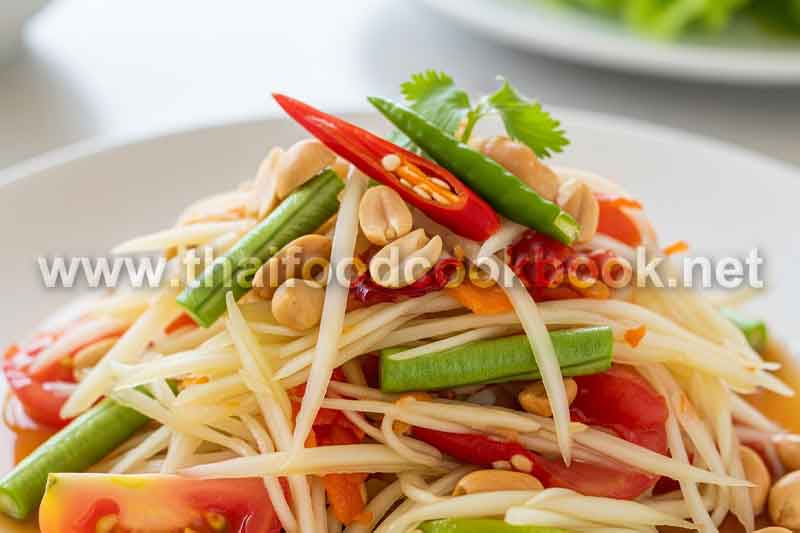Why curry tastes flat even with coconut milk
Many cooks assume coconut milk alone guarantees richness, but a curry can still feel dull, one-note, or lifeless if its flavor base is not fully developed. The real reason your dish lacks depth is not the choice of cream, but the missing balance of aromatics, salt, acid, spice, and umami that gives curry structure. A pot can smell promising yet still taste muted because coconut milk softens intensity, making blandness more noticeable. Fresh herbs, fermented elements, and seasoning timing all play a role in whether your curry feels layered or hollow. A common mistake is leaning on cream for body instead of building flavor early in the pan. When you understand how to reintroduce depth the way Thai street cooks do, your curry transforms from heavy and flat to aromatic and vibrant, with every spoonful unfolding naturally across the palate.
Common Reasons a Coconut Milk Curry Ends Up Tasting Flat
A curry becomes flat when its core flavor pillars are unbalanced. Coconut milk is comforting, but it also mutes boldness if used without supporting ingredients. The most frequent causes include:
- Undercooked curry paste — aromatics never release their full fragrance.
- Not enough salt or umami to anchor the creaminess.
- Forgetting acidity (lime, tamarind, or kaffir lime), which sharpens flavor.
- Cooking everything in one step instead of staging flavors.
- Using weak stock or water instead of a flavorful liquid base.
Aromatics are the “voice” of Thai curry — coconut milk is the amplifier, not the singer. If you skip blooming the paste in fat, the herbs remain raw and subdued. Likewise, if you delay seasoning until the end, the flavors never meld, leaving the sauce heavy but personality-free.
How to Build Depth So Your Curry Tastes Bold and Balanced
Flat curry is fixed not by adding more coconut cream, but by turning up its backbone flavors. The most reliable way to restore depth is by layering aromatics and finishing elements. Consider these techniques:
- Bloom the curry paste in coconut cream until aromatic before adding liquid.
- Boost umami with fish sauce, shrimp paste, or soy sauce added gradually.
- Balance creaminess with mild sweetness from palm sugar rather than plain sugar.
- Add acidity at the end to lift dull flavors — lime, tamarind, or citrus peel.
- Use herbs like Thai basil or coriander as a finishing accent, not boiled seasoning.
This method echoes traditional Thai practice: fat carries aroma, paste builds structure, umami grounds the dish, and acidity finishes it. When all four are present, the curry tastes lively, not washed-out. Even vegetables and protein choices can change depth — mushrooms, slow-simmered eggplant, or grilled chicken introduce layers that coconut milk alone cannot supply.
Final Summary and Key Flavor Balancing Techniques
If your curry tastes flat even with coconut milk, it is missing contrast: no acidity, weak aromatics, weak umami, or underdeveloped paste. Adding more cream rarely solves the problem — you must lift the flavors rather than thicken them. Cook the paste properly, build umami gradually, finish with fresh herbs and brightness, and your curry will feel layered instead of heavy. For additional guidance on developing flavor structure in coconut-based curries, expert breakdowns of Thai curry flavor balance reveal how small timing adjustments dramatically improve the final result.

